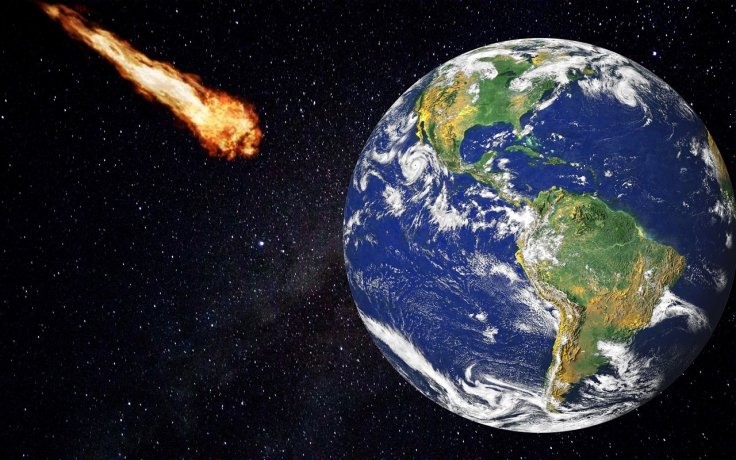An asteroid that is estimated to be of the same size as the Great Pyramid of Giza is going to collide with the orbit of the Earth next week. The Center for Near-Earth Object Studies of NASA is currently keeping an eye on the asteroid 2020 QD5, which is going to fly past the Earth on Monday, October 26.
It is estimated to be between 60m and 130m, which is similar to the estimated height of the Great Pyramid of Giza located in Egypt. The pyramid is a litter smaller currently because of erosion but once it was the tallest structure in the entire world from when it got constructed in 2551 BC to the year 1300.
Asteroid to Fly Past Earth

The asteroid 2020 QD5 is categorized as an Apollo space rock and is going to come in contact with the orbit of the Earth as it glides through space. It is traveling at a speed of around 8.57 km a second, which is similar to 19,170 Earth miles per hour.
The US space research organization tracks hundreds of asteroids at any given time and the 2020 QD5 although it is bigger than other space rocks is expected to pass the planet without causing any damage. The rock is around 10.03 lunar miles away from the Earth, which is around 2,395,728 miles.
The stargazers will be saddened to know that the rock is not going to be seen from the Earth but it will pass at 3.13 AM Eastern Standard Time. NASA has logged the asteroid 2020 QD5 as a Near-Earth Object, which is used for describing the comets and asteroids that have got nudged due to the gravitational attraction of the nearby planets to enter the neighborhood of the Earth. The majority of the asteroids are not going to come in contact with the atmosphere of the Earth but in rare cases, the asteroids can cause trouble for the weather systems.








